Best Golf Irons For Beginners 2025
We take a look at the best golf irons for beginners on the market to help you get started and improve your game
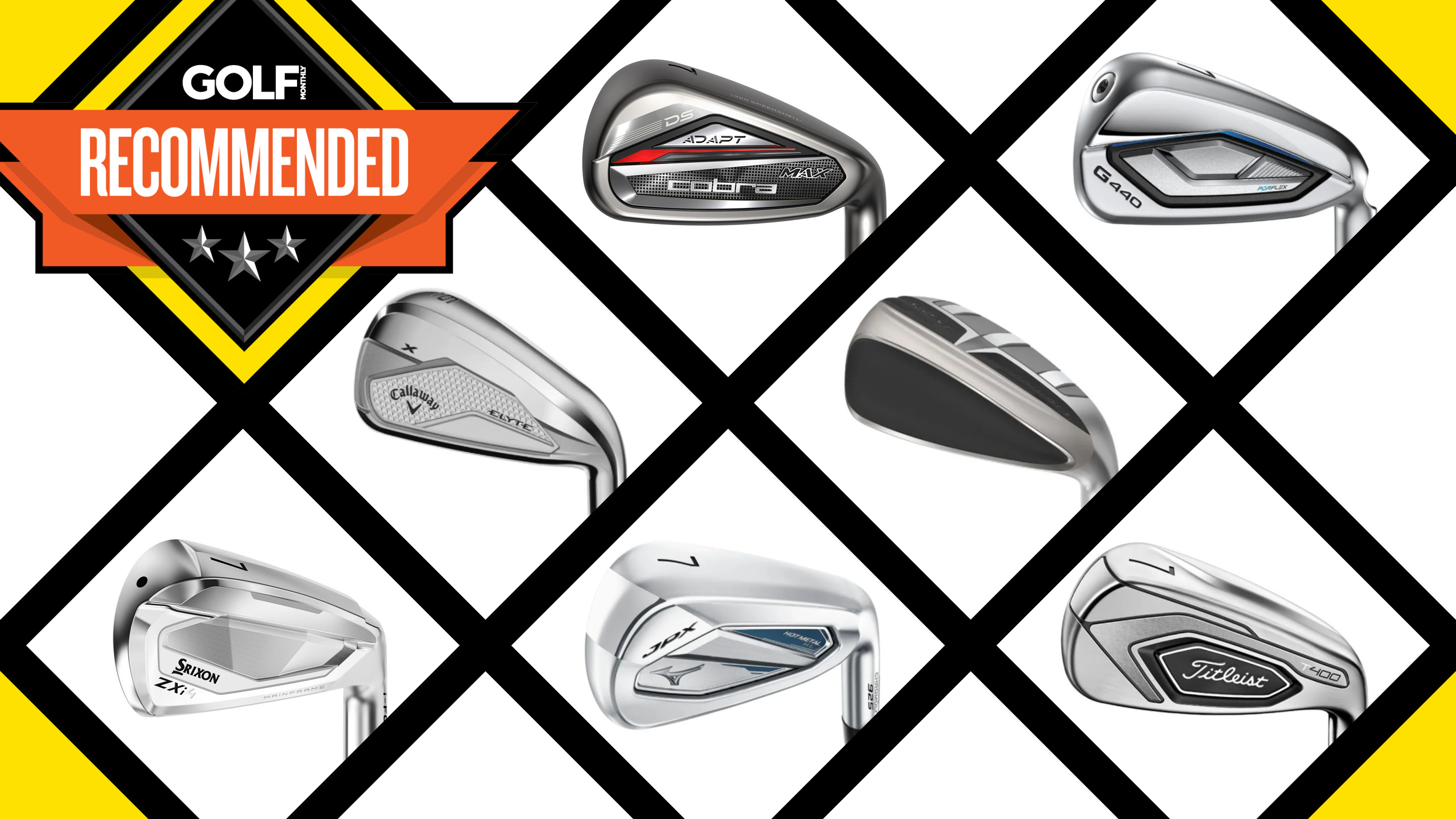

If you’re relatively new to the game but have decided to make the commitment of buying a set of irons, then this guide is for you.
The best irons for beginners are designed to help you with some of the more common problems faced by inexperienced golfers. Typically these clubs will help you get the ball airborne with more ease. The higher launch usually equates to more distance too, another issue faced by many beginners.
Even experienced golfers can struggle with the quality of their strike from time to time, but if you’ve only been playing a short while then finding the center of the club face with any regularity is difficult. Again the best irons for beginners will come to your rescue. They are usually among the most forgiving irons, ensuring that off-center contact isn’t punished too severely. The result is greater confidence and more enjoyment.
Here we’ve chosen some of the best beginners irons on the market, selected from the many sets we’ve tested. We also recommend taking a look at our other iron guides on the best distance irons, best game improvement irons, or also the best budget irons if you looking for performance with a wallet-friendly price tag.
The Quick List
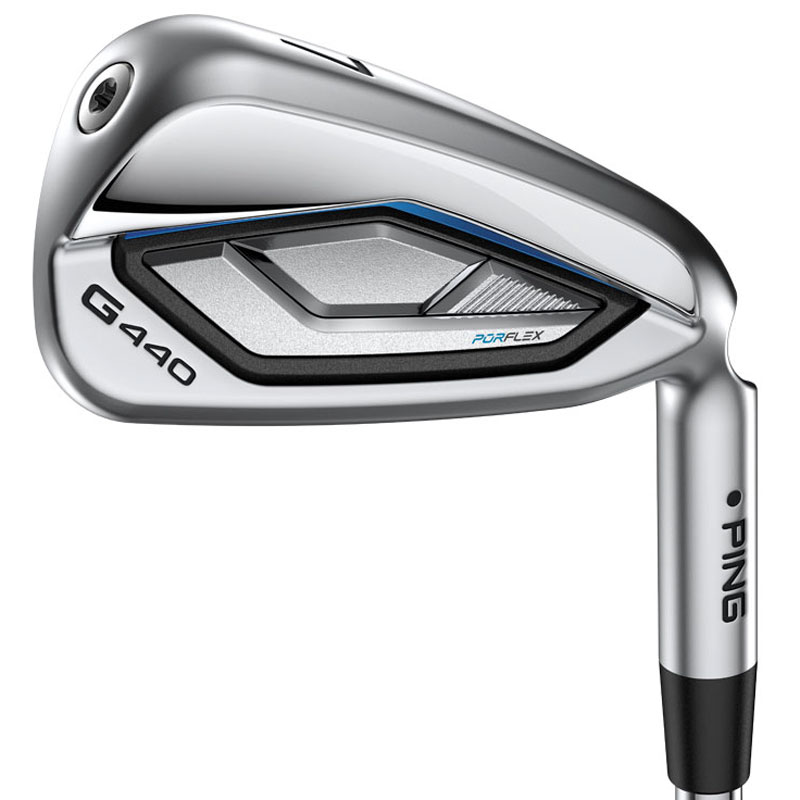
The G440 is our top pick thanks to higher launch, fast ball speeds and a sophisticated behind-the-ball aesthetic. They're also one of the most forgiving irons on the market.
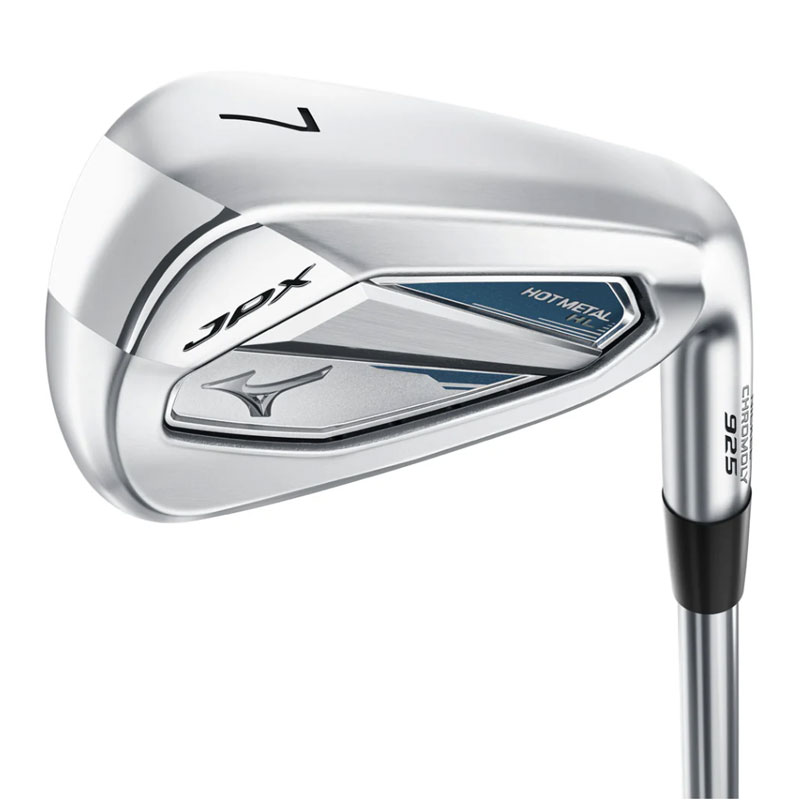
The best feeling iron on this list, the Hot Metal HL provides increased distance and easy launch for the mid-to-high handicappers whilst also boasting exceptional feel and turf interaction.
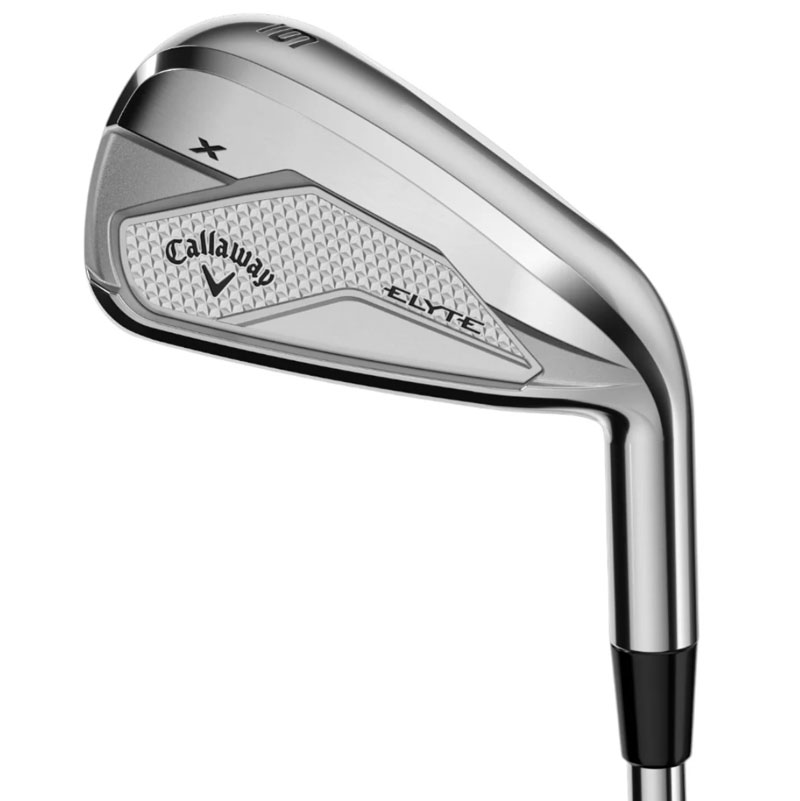
The aesthetics on offer with the Callaway Elyte X irons are tremendous and the performance matches. For those seeking every little scrap of help with their irons, the Elyte X deliver.
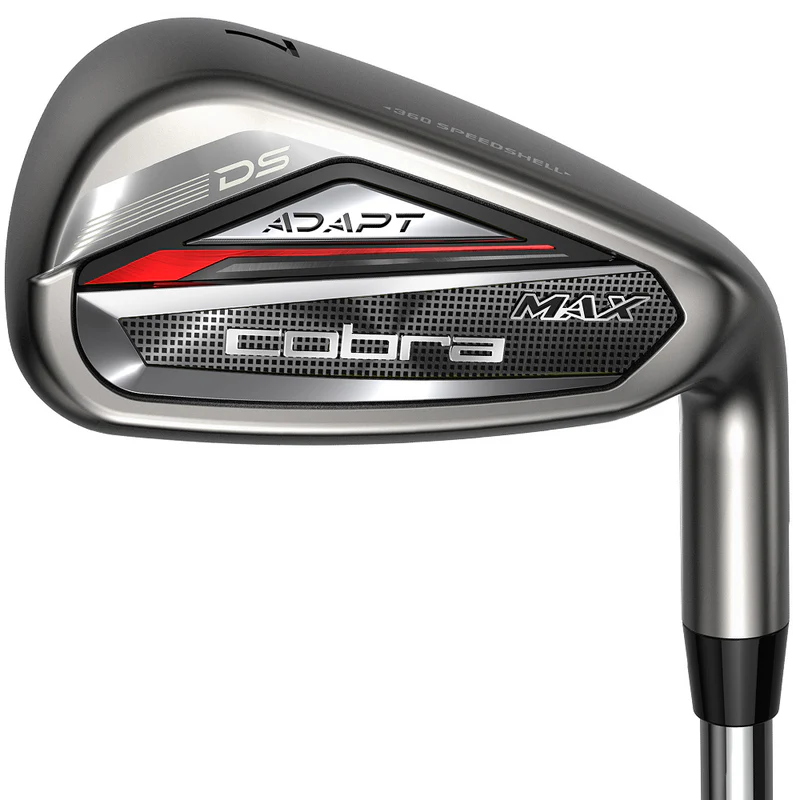 Best high launch
Best high launch
The DS-ADAPT MAX irons from Cobra offer a wider sole and an enhanced head size for optimal forgiveness, distance and feel. The high launch is also a noteworthy performance characteristic.
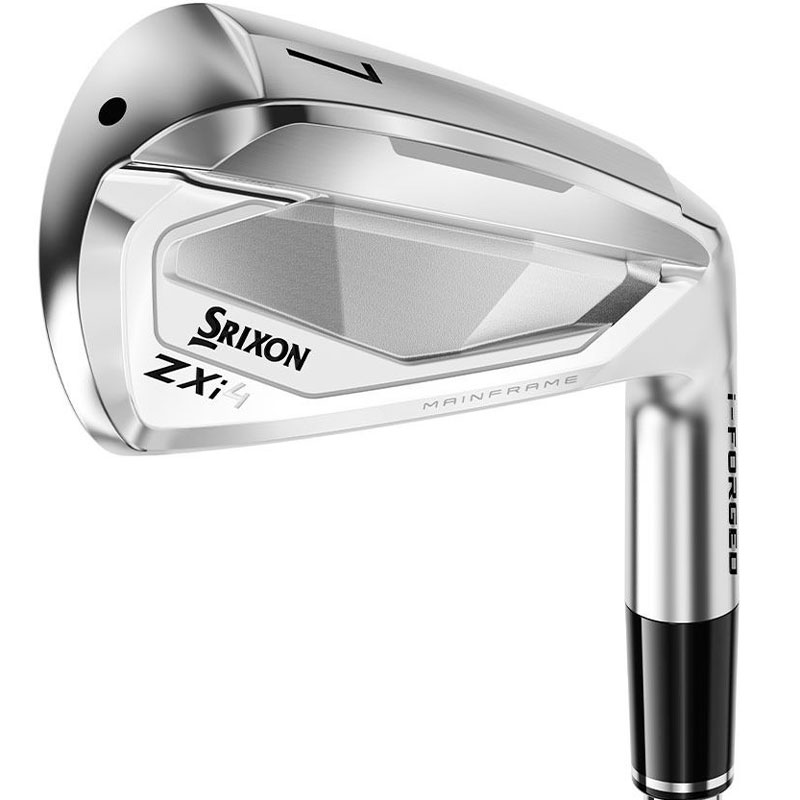
The most user-friendly iron in the latest trio of Srixon irons, the ZXi4 provides a powerful feel as well as impressive ball speed and distance numbers. The turf interaction was also sublime.
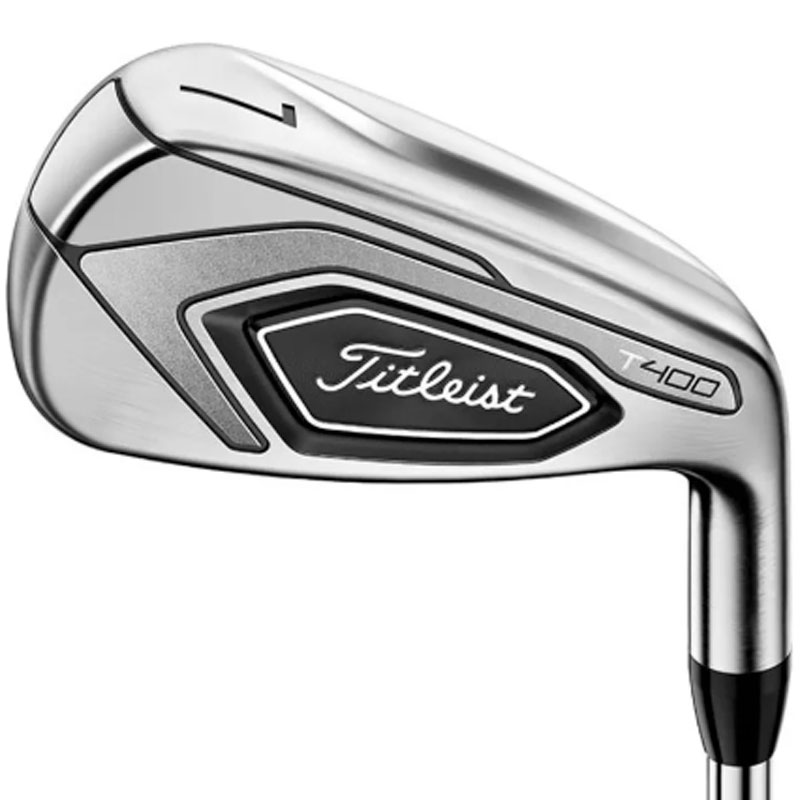
These hybrid-style irons from Titleist are effortless to hit and we found them extremely long. Great for players who struggle to get the ball into the air easily and the footprint enhances confidence.
Load the next 2 models
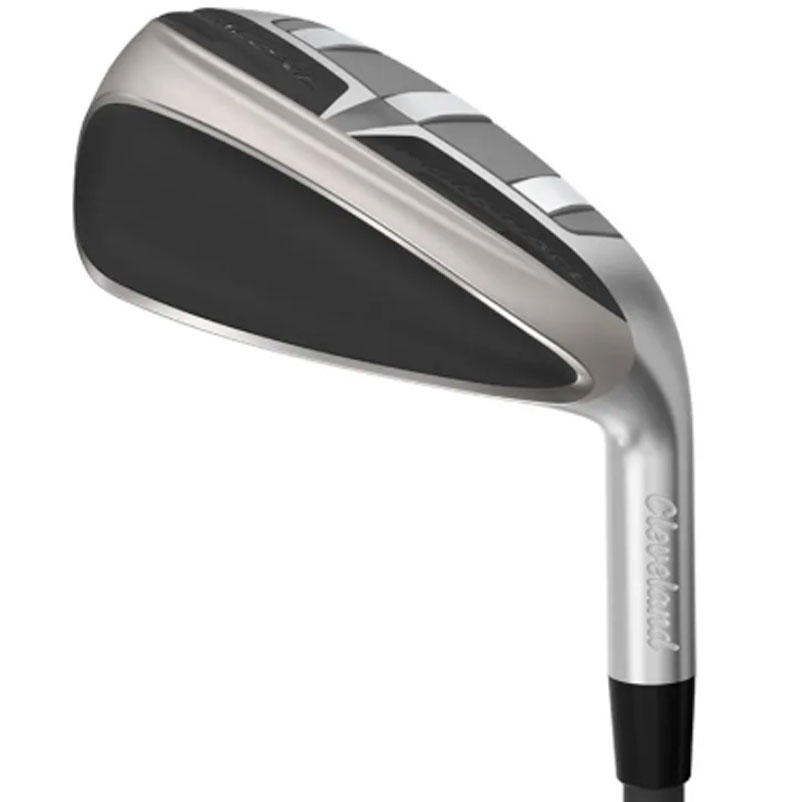
Incredibly easy to launch, extremely forgiving and providing a real pop to the strike, the looks of the Halo XL Full-Face won’t be to everyone’s taste but they certainly will appeal to those who need the most help.
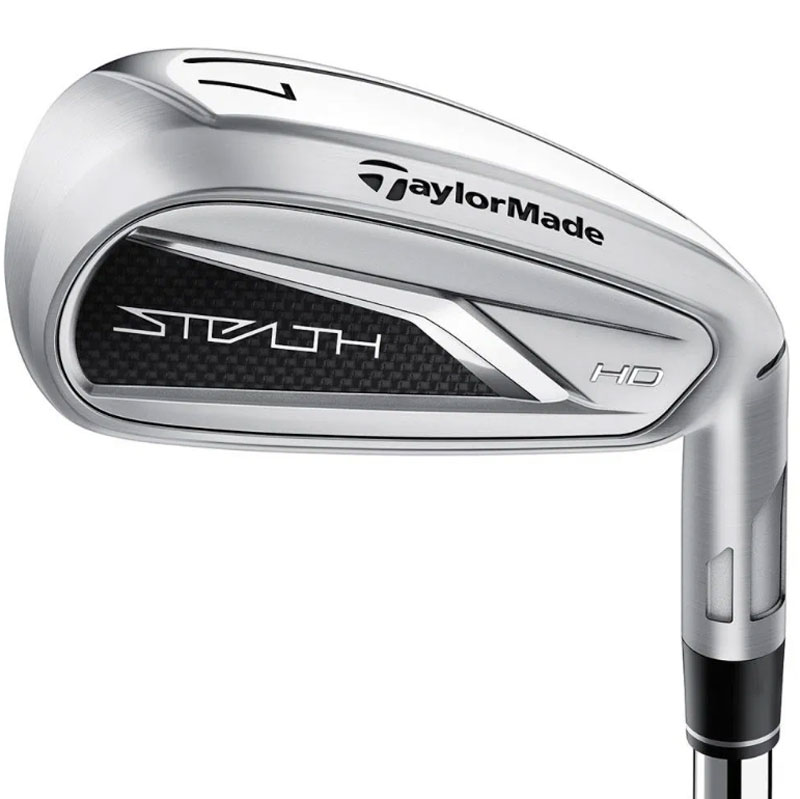
The Stealth HD iron is built for maximum launch and consistent height, while strong draw bias is included in the technology to help players who miss the ball to the right.
Best Golf Irons For Beginners
Top pick

Specifications
Reasons to buy
Reasons to avoid
We start with the G440 iron from Ping, which replaces the top-quality G430 model, which was one of the best golf irons when it was released. The new model is aimed at a wide range of golfers and beginners most definitely fit into that bracket because the G440 was very forgiving, had a solid feel to it, and looks wise many beginner golfers will like what they see.
I myself think the polished chrome and blue accents may mean the shelf appeal has taken a slight shit back from the G430, but with aesthetics, it is all opinion based. So whilst I think this, many golfers will love this new look, especially at address.
But more importantly from a hitting perspective, the G440 delivered in the way Ping clubs usually do. There was immense playability and as I mentioned above the forgiveness was outstanding. My poorly struck shots still performed nicely, even with heavy contacts. The wide sole of the iron definitely helped the club move through the turf cleanly. My ball speed numbers were impressive, as was the launch which will help many golfers get the ball in the air more efficiently and consistently. Feel is a little firm compared to other game improvement irons but it's far from poor.
For more from the brand, check out our specific guide on the best Ping irons as well.
- Read our full Ping G440 Iron Review
Best feel
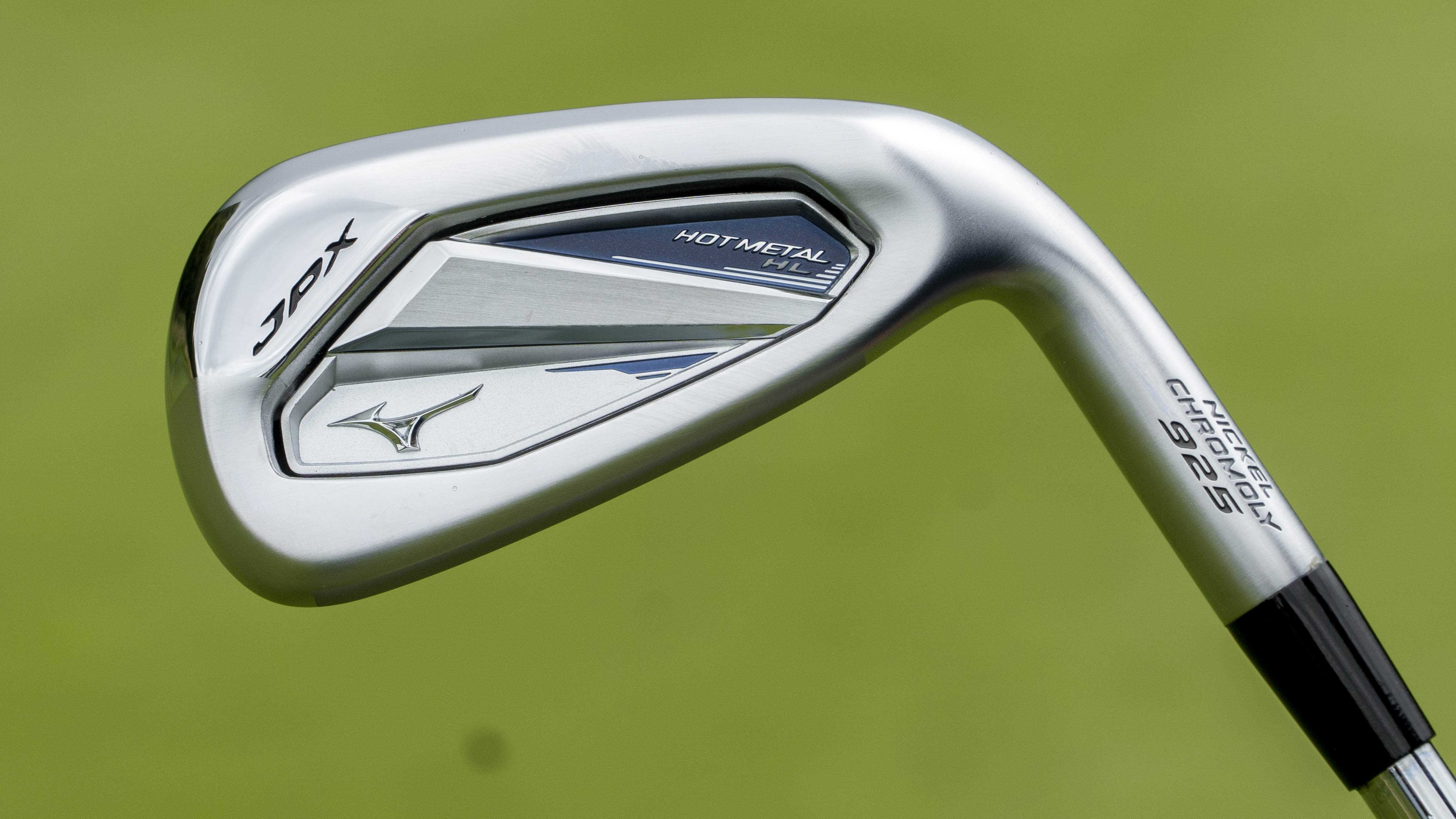
Specifications
Reasons to buy
Reasons to avoid
Next up I have chosen the Mizuno JPX 925 Hot Metal HL iron, which, despite its size and design ethos around forgiveness, felt outstanding. This was no great surprise to me given Mizuno irons have feel at the core of their design, with the HL delivering a lively feel without being too firm, and I didn't think there was any clickiness at impact. The turf interaction is also worth noting, as the contoured sole slid beautifully through turf in my testing.
Mizuno often get the looks right in the iron department as well, and I think for an iron in this category, the HL's are nice to look at. They will definitely inspire confidence thanks to the thicker side of the heads, but they don't feel overly large or chunky, especially at address.
From a data point of view the numbers were very good, especially in launch, spin and carry, whilst I also thought it was noticeably forgiving across the face as well. When you combine this performance, and the looks, these are irons that all higher handicap players, and beginners, should try.
- Read our full Mizuno JPX925 Hot Metal HL Iron Review
Best looking
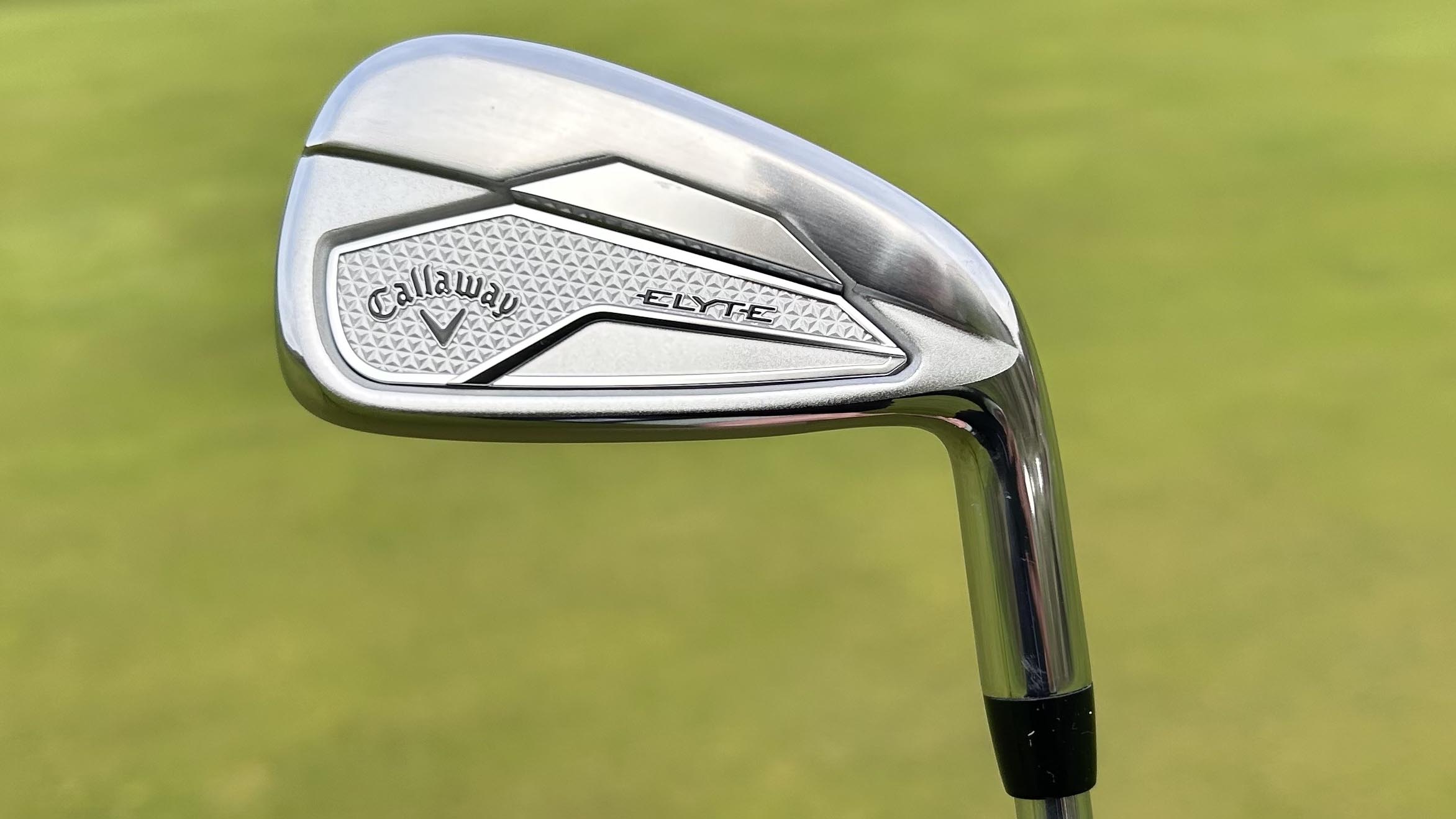
Specifications
Reasons to buy
Reasons to avoid
Next I have selected the Elyte X irons from Callaway which might be the best looking irons in this category. The X has a lot of shelf appeal and will really stand out thanks to the steel and chrome combination, and I liked it at address too with the subtle curves and proportions.
Whilst the standard Elyte iron is a game-improvement model, the X takes things a step further with more offset, a larger head and wider soles to give as much forgiveness as possible, which will be ideal for beginners. The irons felt powerful but not totally devoid of feedback which is a good combination, and the turf interaction was good too.
When comparing up against the standard model, I got more distance which is no great surprise given the slightly stronger lofts. But more importantly, you can't really measure the psychological impact of the bigger head down behind the ball. It just adds confidence and as such this iron will suit golfers who need as much help as they can get with their iron play, but in a great-looking package.
- Read our full Callaway Elyte X Irons Review
Best high launch
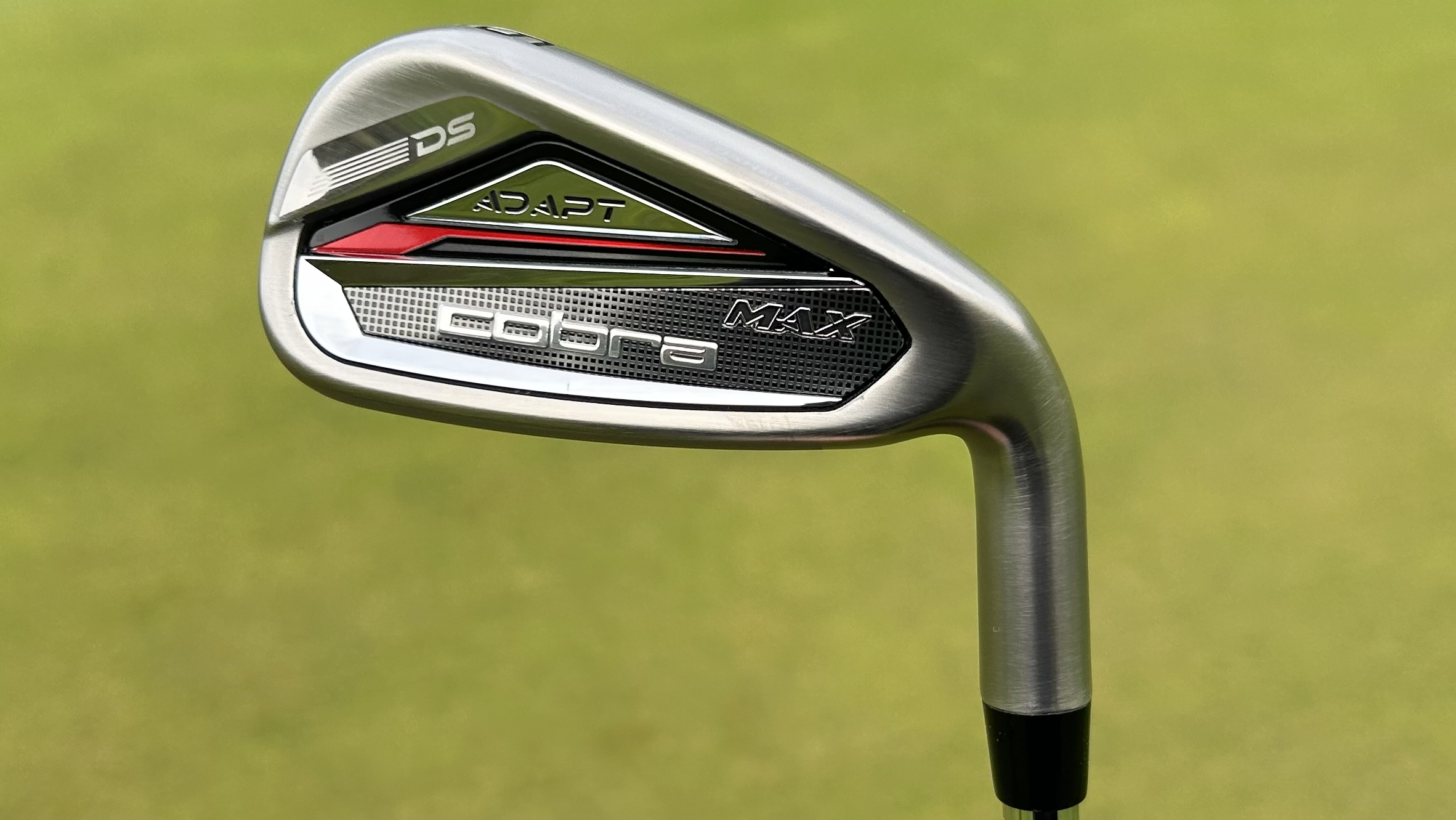
Specifications
Reasons to buy
Reasons to avoid
My top pick in this guide from a launch perspective is the Cobra DS-ADAPT Max iron. During my testing sessions I found it very easy to launch high which many beginner golfers need help with. This launch is thanks in part to the hollow body construction and the PWR-BRIDGE weighting system which attempts to lower the CG and create the highest launch Cobra can muster. As I mentioned, it definitely delivered here.
Additionally the wider sole provided smooth turf interaction and could help those with steeper angles of attack to improve their exit from the ground.
To add to this, I really like the look of these irons. The darker finish slims down what is a fairly chunky footprint and I liked the pops of red and black color too. The MAX is one of two DS-ADAPT irons in Cobra's range and it is the game-improvement option which means it has a chunkier head, thicker sole and has a more user-friendly design than the standard model.
- Read our full Cobra DS-ADAPT MAX Irons Review
Best turf interaction
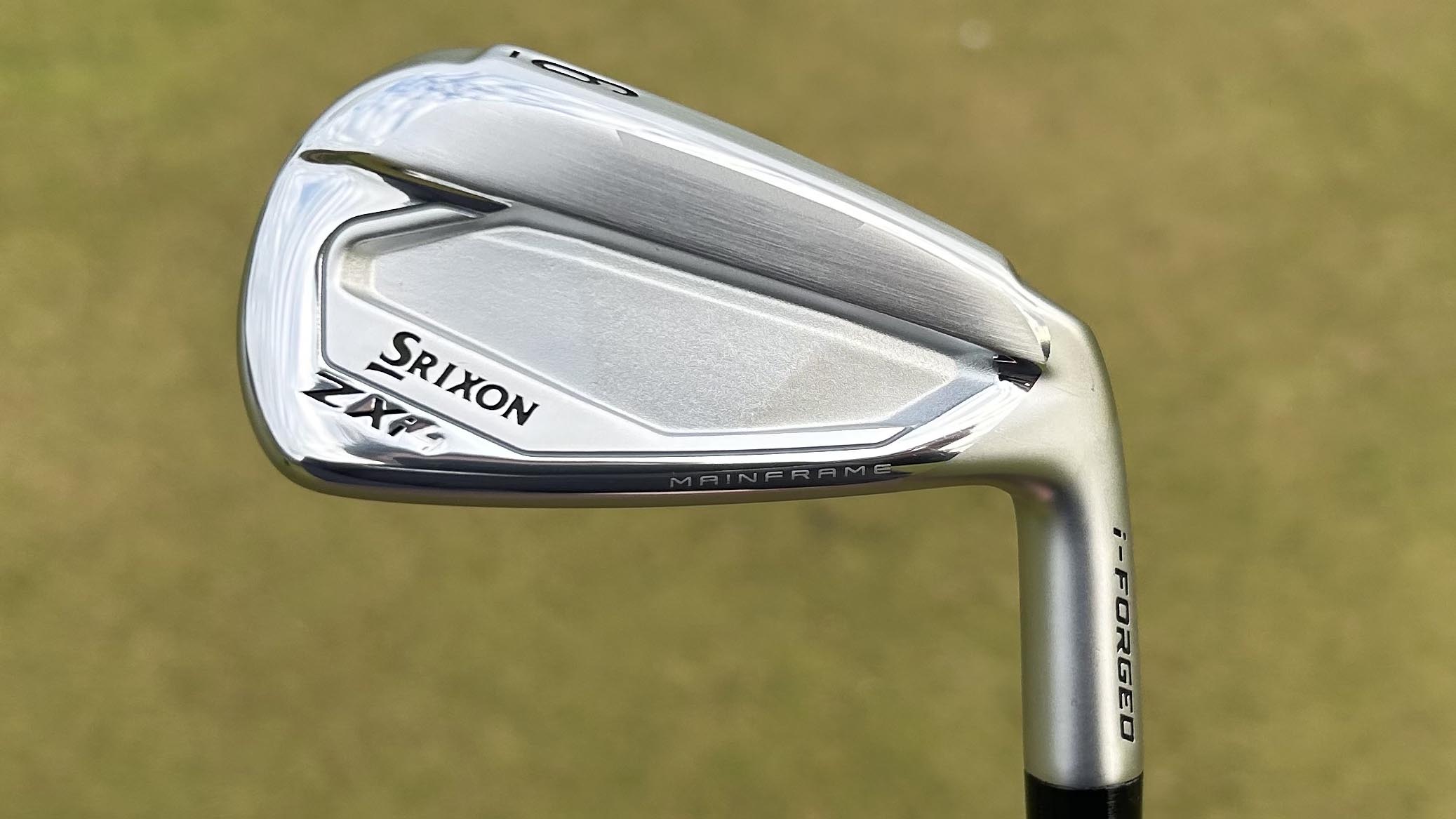
Specifications
Reasons to buy
Reasons to avoid
If you have read my reviews on the ZXi iron range you will know I am a big fan of the ZXi7 and ZXi5 models, and the same can be said of the game-improvement model in the range, the ZXi4. It features a hollow body construction which helped me produce high ball speeds and distance, but the factor that really stood out was the turf interaction. It felt very clean and smooth, gliding through turf thanks to the Tour V.T. sole, and the feel at impact was powerful too. Speaking of which, for an iron of this type the feel really was outstanding.
I admit the stronger lofts may not suit all players but beginners won't view this as an issue really because these lofts will help them get the ball airborne easier and get more distance.
And finally, like the rest of the range, the looks are excellent. It is as if they look like a players iron but have enough real estate to give confidence to higher handicap players, but without patronizing them. These, put simply, look like a friendlier, older brother version of the ZXi5.
- Read our full Srixon ZXi4 Irons Review
Best for confidence

Specifications
Reasons to buy
Reasons to avoid
While the T-Series features irons for players of all abilities, the T400 is aimed at beginners and high-handicappers. And there’s plenty of tech on-board to help you with your game.
At address you’ll see a generously sized club head, with a pretty thick top line and plenty of offset. Titleist has equipped the set with progressive blade lengths, sole widths and hosel lengths though, so you get mid to ‘long’ irons (the set starts at a 5-iron) that look easy to hit, while the shorter irons are visually more compact. The result should be confidence-inspiring no matter the number on the iron.
Titleist have equipped the T400s with a thin face, hollow head and high-density tungsten weighting. Combined with the strong lofts we found that it made for a powerful ball flight with bags of distance and plenty of forgiveness. The downside of such strong lofts is that the ball was harder to stop on the greens, although this a trade-off that most beginners will be happy to make in the pursuit of additional yards.
Turf interaction is important for all levels of golfers, but beginners really benefit from a sole that cuts through the turf and negates problems with low-point control. The T400’s split sole design does just that, with the added bounce close to the leading edge adding some extra forgiveness when you strike the ground before the ball.
Overall, we think the T400 is a great game improvement iron that could really help beginners and high handicappers get the most from their games.
- Read our full Titleist T400 Irons Review
Most forgiving
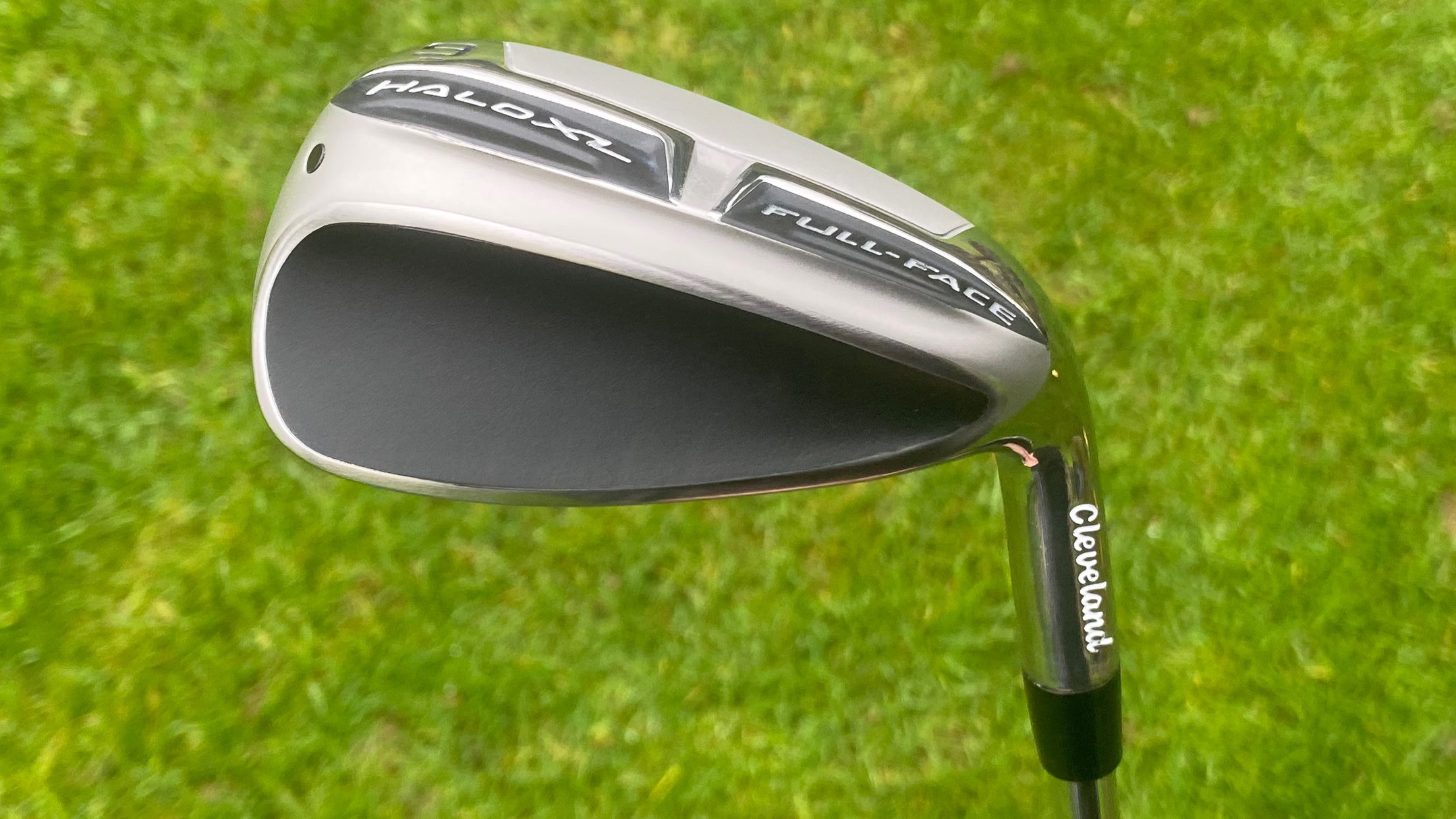
Specifications
Reasons to buy
Reasons to avoid
Straight off the bat, the Halo XL from Cleveland is not designed for traditionalists, it is an iron purely about forgiveness. The iron head is large and the matte-black cavity insert is unlike anything else on the market. There is also plenty of tech here to help with off-center hits, launch angle and distance.
Sole design changes throughout the set; 4 through 7 irons feature Cleveland’s GlideRail soles, designed to improve contact on the harder-to-hit long irons, while the 8 and 9 irons use a v-shaped sole to prevent digging. Finally both the PW and SW use a cambered sole that creates a greater margin of area around the greens and out of the bunkers. You also get full-face grooves, a feature that really adds some confidence at address and makes the hitting area look huge.
There was a lively feel and sound at impact. As you would expect it is more similar to that of a hybrid than an iron, which is kind of exactly what it is designed to do. The distance numbers as a result were very good and beginners will find these irons very easy to get on with.
- Read our full Cleveland Halo XL Full-Face Iron Review
Best draw bias
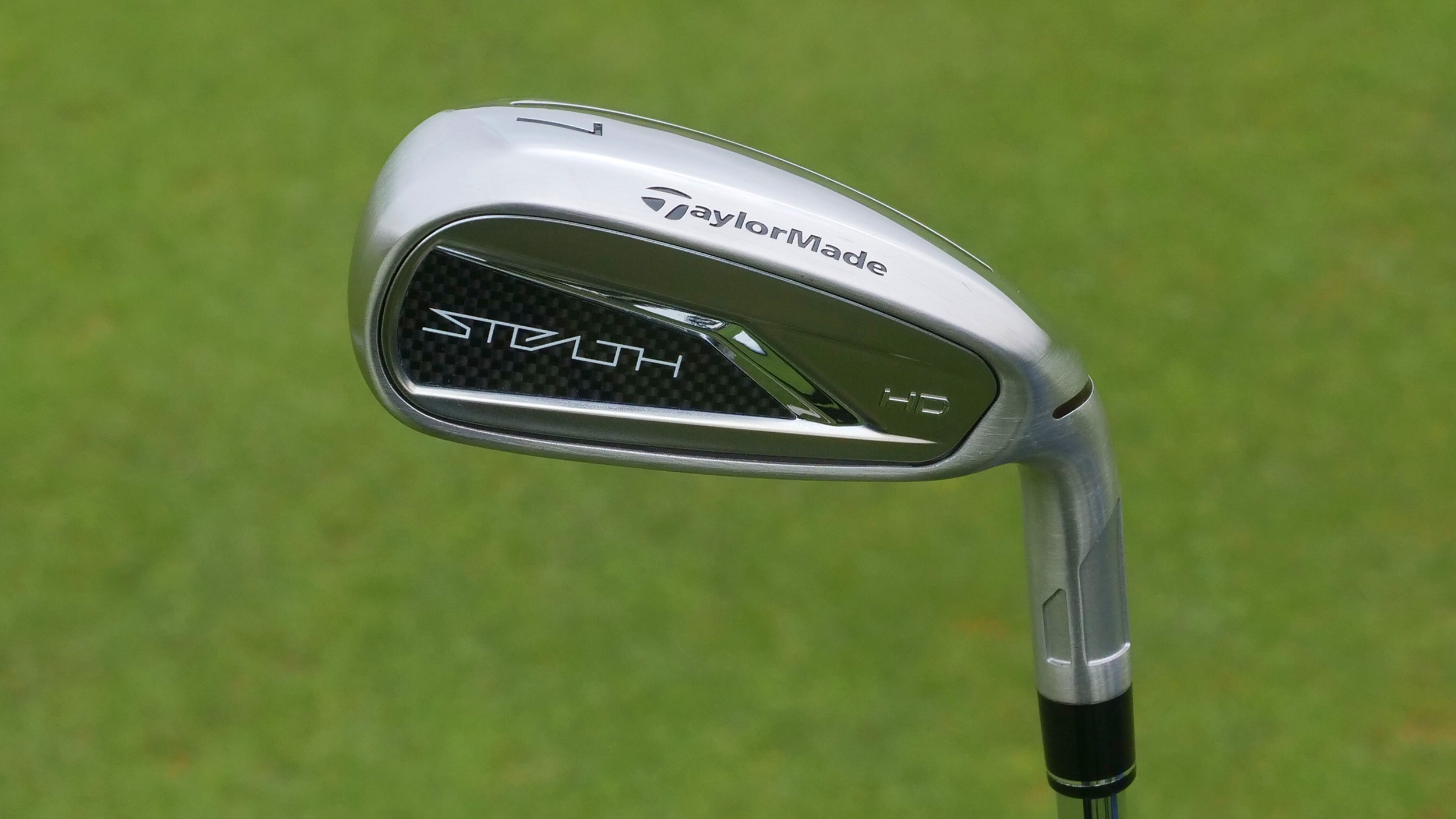
Specifications
Reasons to buy
Reasons to avoid
Many newbies will begin their golfing experience with a case of the slices. An over-the-top move is common when you’re just starting out, and while you’ll eventually want to fix the problem at source, to gain confidence and enjoyment it's helpful to find an iron that can alleviate the issue in the meantime. Enter the TaylorMade Stealth HD.
At address the irons have a slightly unusual but confidence-inspiring shape. The heads are large, with a thick top line and generous offset that shouts forgiveness. The weaker-than-average lofts - the 7-iron is 30° for example - help to get the ball in the air with ease, even at slower swing speeds. The flight pattern has notable draw bias, helping to even out any slice tendency. That said, we found that we were still able to shape the ball both ways when required. As for distances, that 7-iron flew around 10 yards shorter than the brand’s Stealth iron, which is expected given the differences in loft.
During our testing, it’s the Stealth’s sole that we came to appreciate the most. The step-down design has the effect of making the club play narrower than it looks. So while you get the forgiveness you need if you contact the turf before the ball, it never feels clunky in the process.
- Read our full TaylorMade Stealth HD Iron Review
How we test irons
All of the best golf irons for beginners featured here have gone through a rigorous testing process that matches that of all the products we review. What does that look like?
With golf clubs this means that we’ll put them through their paces both at the range or using an indoor simulator before taking them out onto the course. The former allows us to collect valuable insights through data gained via a launch monitor. On the course we gain that invaluable real world feedback, allowing us to assess how a golf club performs under a range of conditions. Iron testing is headed up by Staff Writer Joe Ferguson, who has two decades of working in golf equipment and is a PGA Professional. He is also assisted by Deputy Editor Joel Tadman, who has spent many years testing golf clubs, and Sam De'Ath, a professional who has competed on both the EuroPro Tour and Clutch Pro Tour.
The fact that our review team has tested hundreds of clubs over the years allows us to compare and contrast. It’s this experience and knowledge that we put into each and every review with the goal of providing you with informative, unbiased opinions that can help you make better informed decisions about the golf equipment you buy.
Finally I want to make clear that manufacturers can't simply 'buy' a review - we are impartial when testing equipment. If we tell you a club is good, it's because it is!
How to choose irons
The choice of irons can be overwhelming even for better golfers. Combine this with a lack of experience and it’s no surprise if you’re left scratching your head at which clubs are right for you. The above reviews should help you in your quest but it’s also worth considering the following factors when shopping for your new set of irons for beginners.
1. Budget
Even if you’ve only been playing a few months you’ll no doubt have come to understand that golf can be an expensive pastime. A set of irons is a serious outlay so you’ll want to consider how much you can - and should spend - as you narrow down your choice.
If price isn’t an issue and you’re committed to improving then you can’t beat a custom fitted set of irons. But if you do need to stick to a budget then it’s best to match this with your goals but also your current situation.
If you’re heading to the range more than you’re hitting the course then you might get away with a half set of clubs at first. Similarly if you only plan on playing a few times a year then it makes sense not to break the bank.
If your goal is to be a single-digit player it’s also worth thinking about just how much you spend on your first set. If your game progresses nicely you’ll likely want to upgrade your clubs accordingly, so not shelling out a fortune on a set that you’ll be trading in down the line is worth thinking about.
2. Custom Fit
As mentioned previously if you can stretch to a custom fit it’s likely to be worth every penny. Here you’ll get professional advice, adjusting the club’s lie and length to match your body's dimensions, as well as choosing models that will best aid your swing and game in its current state.
While it may seem daunting as a total beginner having a custom fit session, getting clubs that are the correct size can make a huge difference, helping you achieve better fundamentals, which usually translates to more confidence and enjoyment out on the course.
If you don't need a custom fit, then why not look at our list of the best golf club sets as a way to get a quality beginners set of clubs.
3. Shape
While looks are subjective, it’s important to be able to place the club behind the ball and like what you see. It’s at address that the process of a confident strike begins, so you’ll want to try and minimize any negative thoughts in the short time before you start your swing.
Typically for beginners this means choosing a club that has a larger head that looks like it will get the ball in the air with ease. This can take the shape of a more traditional iron but with added blade length, perimeter weighting and more offset, such as the Ping G430 featured in this guide. It can also look more like the Cleveland Launcher XL Halo, which features a hybrid design, with an extra-large head and wide, forgiving sole.
The best advice is try out a few different models to see which best fits your eye.
4. Shafts
Shafts should ideally be matched to your swing speed and play a considerable part in the club’s overall performance. Typically, slower swing speeds are better matched with shafts that have more flex. This can be described as regular flex or for slower speeds again, senior flex. At this lower end the shaft material is often graphite and will be lighter in weight.
If your swing speed is a little faster then chances are you’ll need a stiffer shaft, often made from steel. Naturally there are varying degrees here and a custom fitting is a great place to begin. Here a professional can accurately monitor your swing speed as well as looking at other data to find the best shaft for you.
For more buying advice on golf clubs, take a look at our guides on the best golf club sets for beginners, or best women's golf sets.
FAQs
What kind of irons should a beginner use?
A iron that will provide stability across the face through perimeter weighting. This offsets the quality of strike by keeping distance levels consistent through resistance to twisting at impact. A golf iron for the beginner may also need to feel relatively lightweight and therefore easy to swing while also being forgiving through the turf via a wide sole design.
What are the easiest irons to hit for beginners?
Ping G-Series irons, like the G440, are know for being easy to hit but also consider hybrid-like irons like the Cleveland Launcher XL Halo, which bring metalwood style speed and forgiveness to the table in an iron set. Mizuno's JPX 925 Hot Metal HL and Callaway's Elyte X iron are also very easy to hit as well.
Should beginners use blade irons?
Generally, beginner players should avoid using blade irons. Muscleback clubs are generally a lot less forgiving than standard cavity backed clubs and that means they are a lot harder to hit. Beginner players, with less experience playing golf, should look to use more forgiving clubs like cavity-back irons that help them get the ball up in the air with more speed and distance.
For more buying advice specifically to irons, check out our guides on the best irons for seniors, best irons for low handicappers, and best compact mid-handicap irons.
Get the Golf Monthly Newsletter
Subscribe to the Golf Monthly newsletter to stay up to date with all the latest tour news, equipment news, reviews, head-to-heads and buyer’s guides from our team of experienced experts.

Joe has worked in the golf industry for nearly 20 years in a variety of roles. After a successful amateur career being involved in England squads at every age group, Joe completed his PGA degree qualification in 2014 as one of the top ten graduates in his training year and subsequently went on to become Head PGA Professional at Ryder Cup venue The Celtic Manor Resort. Equipment has always been a huge passion of Joe’s, and during his time at Celtic Manor, he headed up the National Fitting Centres for both Titleist and Taylormade. He’s excited to bring his knowledge of hardware to Golf Monthly in the form of equipment reviews and buying advice.
Joe lives in North Devon and still plays sporadically on the PGA West region circuit. His best round in recent years came earlier in 2023 where he managed a 9 under par 63 at Trevose GC in a Devon & Cornwall PGA Tournament.
Joe's current What's In The Bag?
Driver: Switch between TaylorMade Qi35 and Callaway Elyte TD - both with Fujikura Ventus Black 6-X
Fairway wood 1: TaylorMade BRNR Copper Mini Driver - Fujikura Ventus Black 7-X
Fairway wood 2: Callaway Apex UW 17˚- Fujikura Ventus Black 9-X
Irons: TaylorMade P7CB 3-PW with Dynamic Gold Tour Issue X100 shafts
Wedges: Callaway Opus 50, 54, and 60 degrees - Project X LS 6.0 shafts
Putter: LAB Golf Oz.1 (zero shaft lean)
Ball: TaylorMade 2024 TP5x
Grips: Golf Pride Tour Velvet 60R
Bag: Vessel Player IV Pro DXR Stand
- Sam TremlettSenior E-commerce Editor
- Joel TadmanDeputy Editor
-
 Who Is On Rory McIlroy’s Team? Coaches, Caddie, Wife And More
Who Is On Rory McIlroy’s Team? Coaches, Caddie, Wife And MoreRory McIlroy is one of the game’s biggest stars, but who are the key figures behind the scenes helping his career soar while he keeps his feet on the ground?
By Mike Hall Published
-
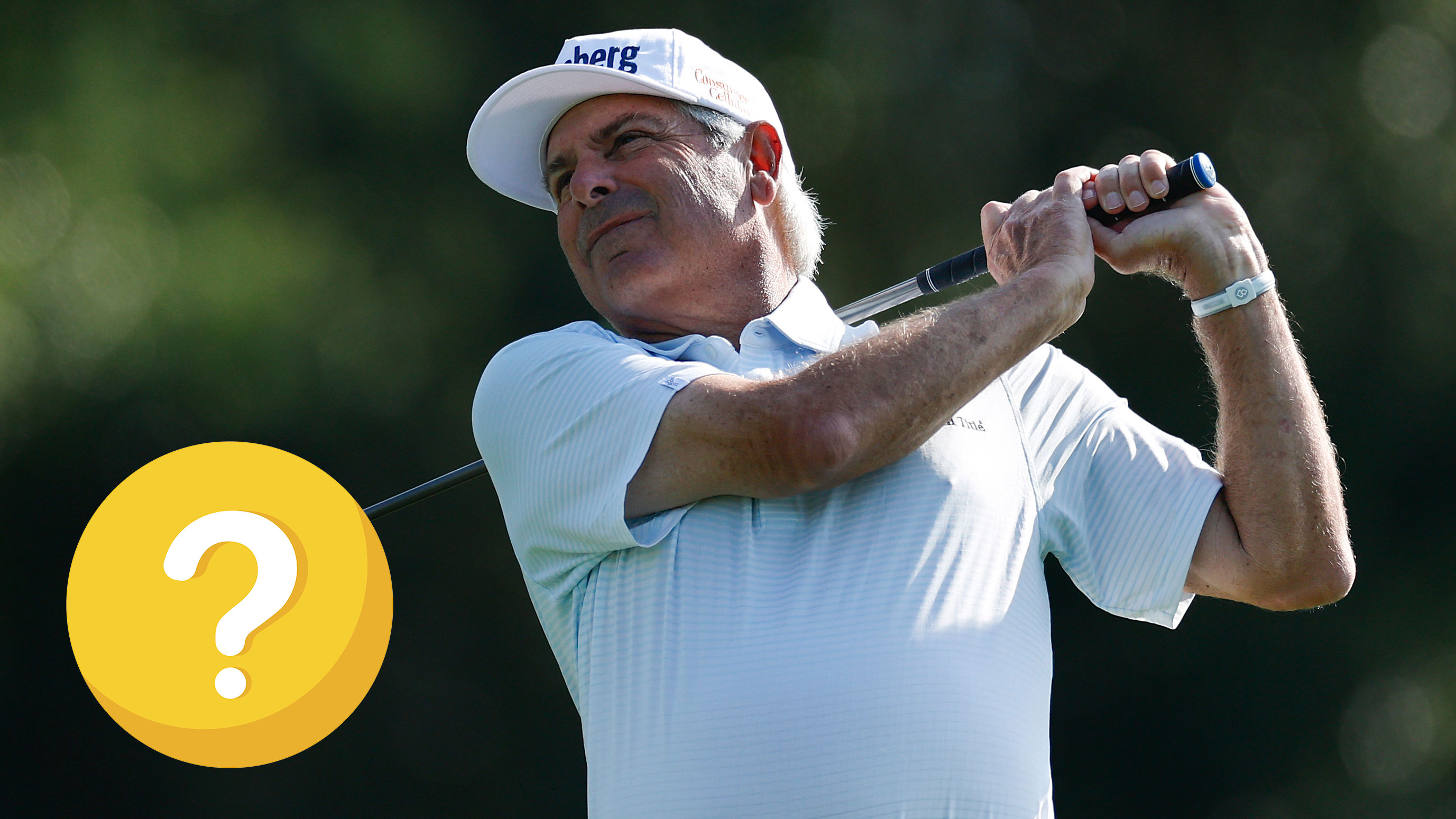 Real Players Use Long Irons, Right? Well, Fred Couples Nearly Made The Cut At The Masters At 65 Years Old, And His Longest Iron Is A…
Real Players Use Long Irons, Right? Well, Fred Couples Nearly Made The Cut At The Masters At 65 Years Old, And His Longest Iron Is A…Both Couples and Bernhard Langer turned back the clock brilliantly over the first two days at Augusta National and did so with some interesting bag setups.
By Joe Ferguson Published